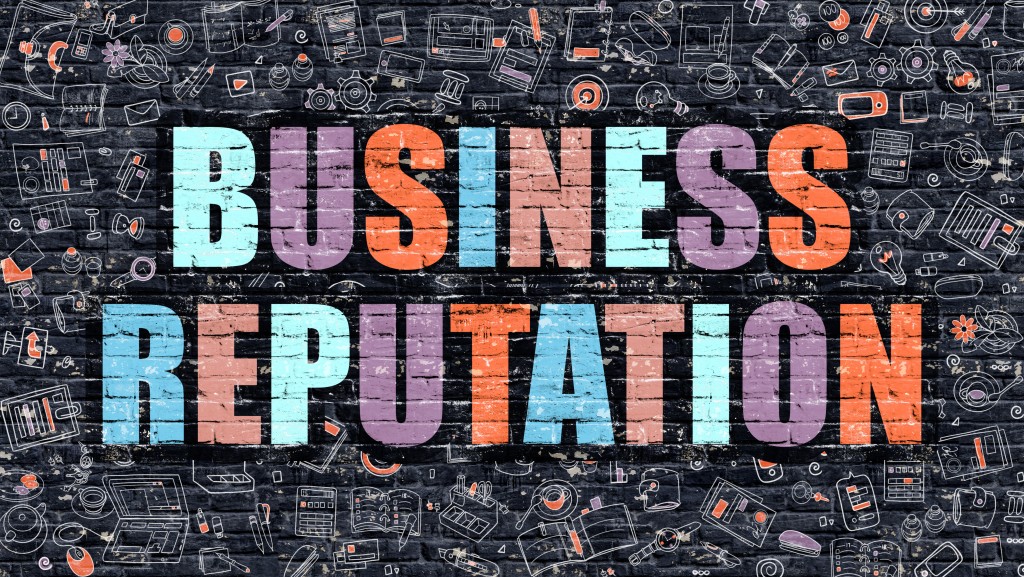When Microsoft Word came out in 1989, the price tag per license was about $498. That’s equivalent to more than $1,026 in 2020 value. Ouch! For small to medium-sized businesses, that’s quite an investment, which would go a long way if allocated for purchasing raw materials or paying employee salaries. Then you’ll have to renew the licenses every year. Double ouch!
Enter cloud computing and Software as a Service or SaaS. With the advancement in cloud-computing technology and faster Internet connections, software acquisition has transitioned from being an expensive capital expenditure (Capex) to a high-value operating expenditure (Opex). Whether you’re using office tools, a warranty management system, or photo-editing software, acquiring these tools for businesses is now cheaper.
Today, an MS Office package can cost less than $100 per year with multiple users, and Photoshop for less than $148 per year. But if you’re starting a SaaS business or are already in one, you also need to make sure that you’re meeting your companies financial bottom line. Here are some insights on how to continue growing your SaaS business:
An Overview of Software Publishing
The software publishing industry’s revenue was at $270 billion as of July 2019. A steady 5% growth rate is expected with the number of companies across America likely to breach the 15,400-threshold.
But with intense competition, rapidly changing technology, and businesses penny-pinching, particularly small businesses, SaaS providers need to find ways to keep existing customers and sign up new ones.
Engaging Small Businesses

You’re okay dealing with your enterprise-level segment. On a B2B model, this significant segment is the companies lifeline. But you need to be nimble and explore other sectors. Improving your small to medium engagement can provide that extra push for your company.
- Understand the challenges. The only way you can optimize engagement with small to medium-sized businesses is if you understand the challenges. Typically, the main problems are a high cancelation rate and a lower average revenue per account or ARPA.
- Evaluate your packages. It’s never a “one size fits all.” Evaluate your packages and see if you can target a broader range of businesses. The lowest tier should be free but with limited capability (e.g., less functionality or expires after a particular time). Come up with at least two packages with features that vary depending on the kind of customers, e.g., number of users, industry, etc.
- Focus on marketing. Your focus should be on marketing rather than sales. Your sales team spending time prospecting, qualifying leads, and closing accounts after three months’ work, for $49.99 a month, is not worth it. Marketing is key. Drive users to your websites and have them test drive your software for free. Wisely invest in social media ads.
- Less human contact. Following the sign-up and onboarding or training, the one-to-one social interaction should be reduced to zero. Imagine 100 customers asking questions. Now imagine 1,000 and each with human interaction. It will suck your resources and bring down your productivity. Your solution? Automate. AI-like interfaces such as chatbot are now the way to go. Video tutorial linked to FAQs, allow users to be self-sufficient when troubleshooting.
Customers will stay if your product or service, provide high value to small businesses. You have to innovate and make continuous product improvements. With less time spent on sales work, you can allocate more resources to product development and keep your customers happy.


